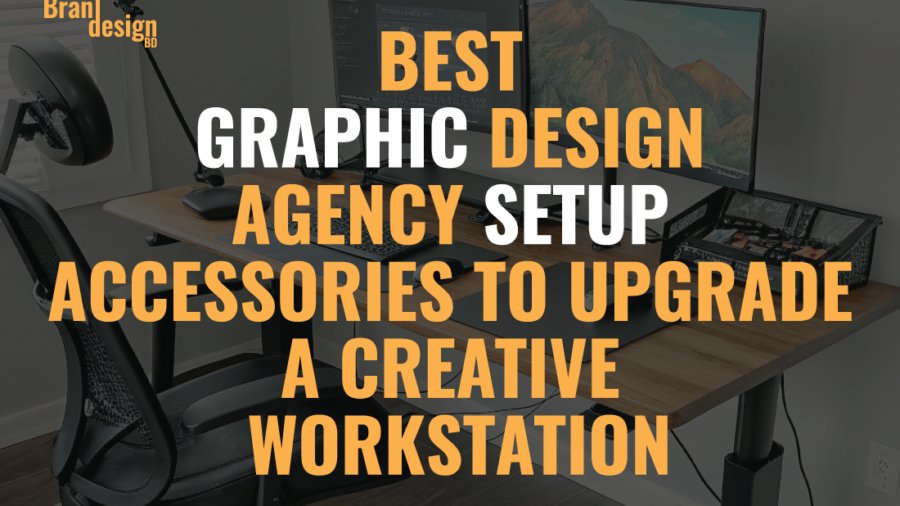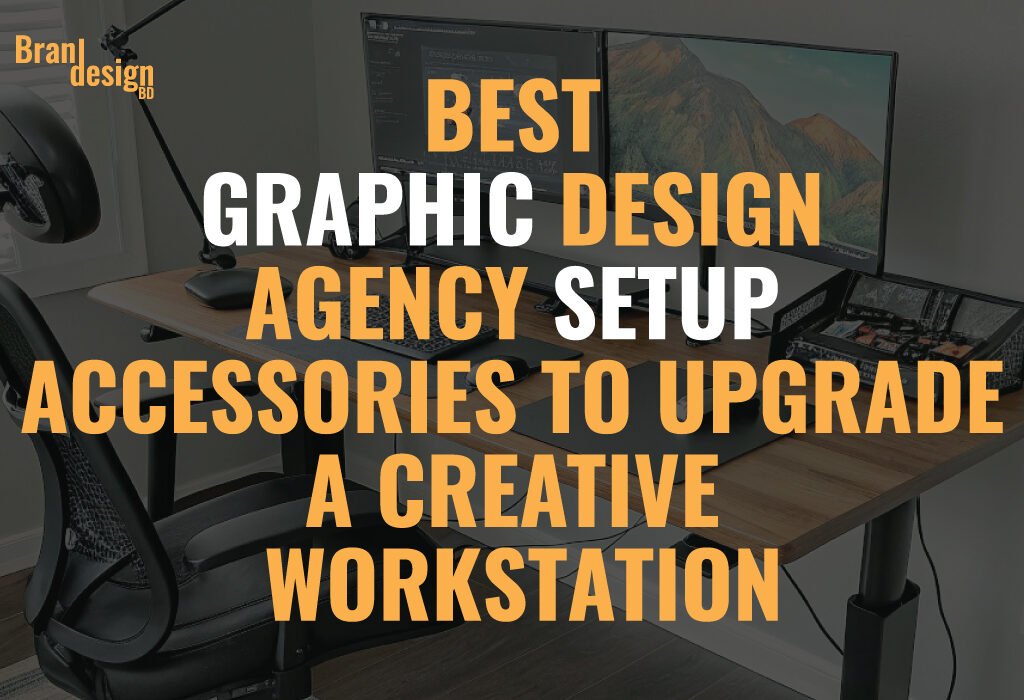
Introduction
Setting up a high-performance graphic design agency setup accessories goes beyond a sleek desk and a fast computer. For creative professionals, the environment influences how ideas flow, how efficiently work gets done, and how inspiration is translated into visual masterpieces. The right accessories—tailored to the demands of a modern design agency—can turn any average setup into a creative powerhouse.
As client expectations rise and project timelines shrink, investing in smart accessories has become a necessity. Whether you’re working remotely, managing a design team, or upgrading your in-house agency studio, every element you add to your setup should serve a purpose—enhancing comfort, organization, performance, or creative expression.
Let’s explore the best graphic design agency setup accessories and how each plays a role in upgrading your creative space.
Ergonomic Accessories for Comfort
Designing for long hours demands not just creativity but comfort. Graphic designers often spend extensive periods in front of screens—sitting, sketching, editing, and collaborating. While a powerful computer and professional software are necessary, an ergonomic setup is what sustains creative flow without compromising physical health. Ergonomic accessories bridge the gap between comfort and productivity, reducing fatigue, preventing injuries, and keeping designers in top form.
In this section, we’ll explore the essential ergonomic accessories every creative workstation should include, focusing on how they directly benefit a graphic designer’s workflow and wellbeing.
Adjustable Standing Desk
One of the most impactful ergonomic upgrades is an adjustable standing desk. Designers frequently find themselves glued to their chairs for hours, lost in the creative zone. While this focus is commendable, sitting for too long can lead to severe health issues—poor posture, weight gain, back pain, and even cardiovascular concerns. Enter the height-adjustable desk, a game-changer for any creative space.
Standing desks allow users to alternate between sitting and standing positions throughout the day, encouraging movement and improving blood circulation. For graphic designers, this means less muscle fatigue and better concentration. A programmable memory setting enables effortless transitions, letting you return to your preferred height with the push of a button.
Look for models with stable electric motors, spacious desktops, and quiet adjustments—key for distraction-free environments. Bonus features like built-in USB ports or storage drawers can offer added convenience. Whether you’re sketching concepts or aligning vectors, standing desks let you work the way your body prefers.
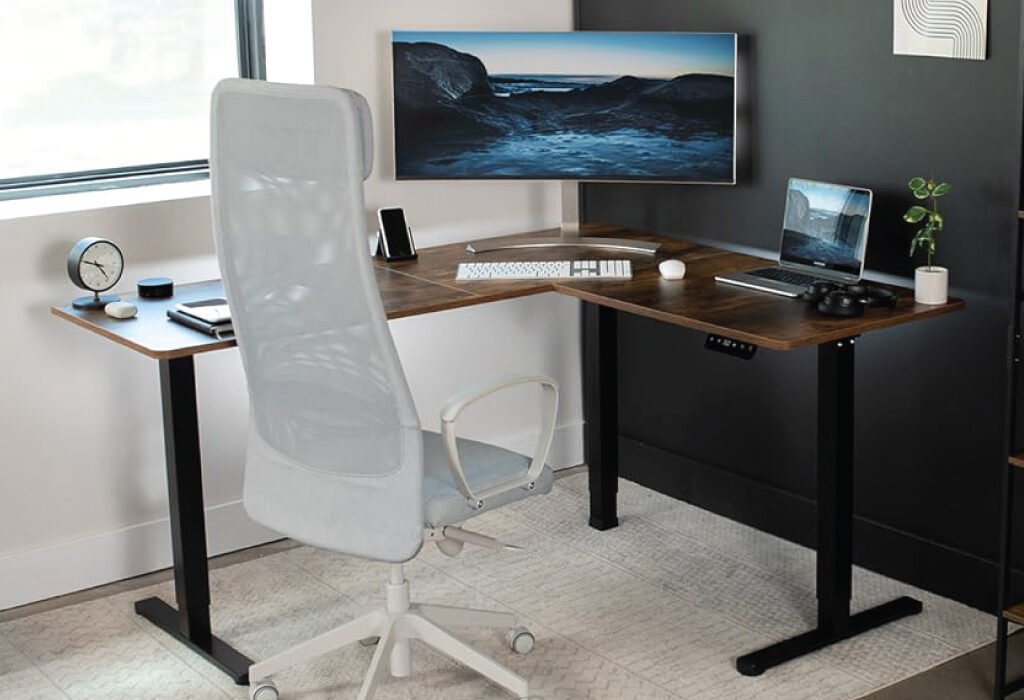
Ergonomic Chair
The throne of any graphic designer’s workstation is the chair. An ergonomic office chair isn’t just about luxury—it’s a necessity. With so much time spent sitting, a poorly designed chair can result in chronic back pain, neck stiffness, and circulation problems. The right ergonomic chair adapts to your body, promotes proper posture, and enhances long-term comfort.
Choose a chair that offers adjustable seat height, armrests, lumbar support, and a recline feature. Breathable mesh backs help regulate temperature during long work sessions, while memory foam or cushioned seats provide softness without sacrificing support.
For agency workstations or shared environments, opt for chairs with a wide range of adjustments to accommodate different users. For solo setups, investing in a high-end ergonomic chair tailored to your body type will pay off in increased productivity and fewer breaks caused by discomfort.
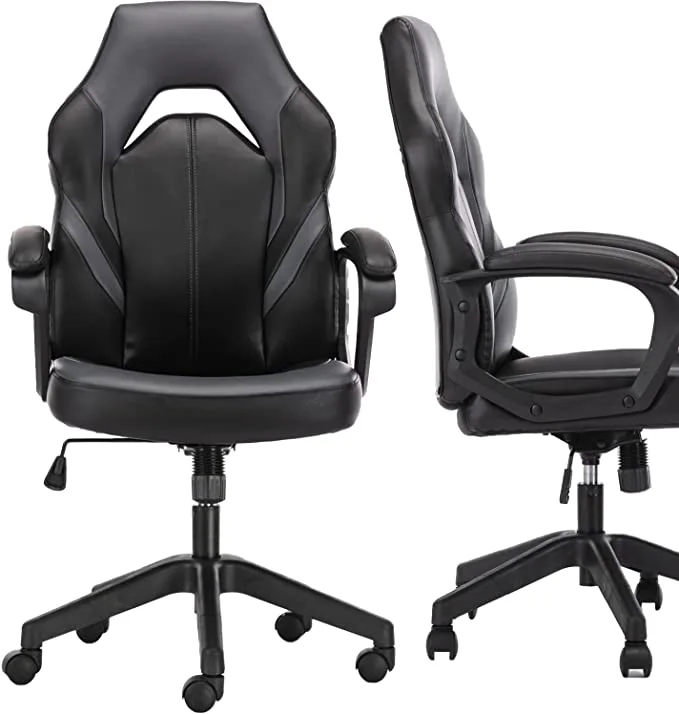
Footrest Cushion
Often overlooked, the footrest cushion is a small but powerful ergonomic tool. It elevates the feet slightly, promoting better posture and reducing strain on the lower back and legs. Especially when seated for long durations, a footrest prevents dangling feet, improves circulation, and encourages a comfortable seated position.
Graphic designers who use high or fixed-height desks will particularly benefit from footrests. They create a grounded posture, preventing slouching and allowing for more balanced weight distribution across the body. Footrest cushions come in angled or flat designs and should ideally offer firm yet comfortable support.
Some footrests also feature textured surfaces or massage rollers for added stimulation, keeping your feet engaged and reducing fatigue over time. Paired with a quality chair and desk, a footrest completes the ergonomic triangle—desk, chair, and feet.
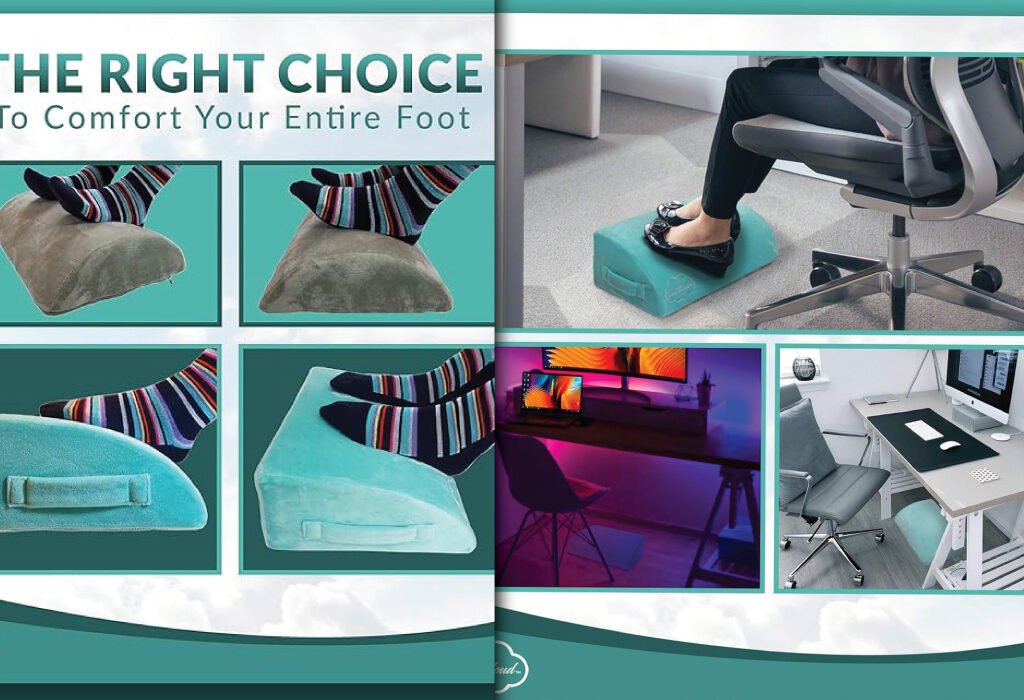
Lumbar Support Pillow
While some chairs come with built-in lumbar support, not all of them are adequate. For graphic designers who work long hours on design-intensive software, a supplemental lumbar pillow can offer targeted relief. These cushions are designed to maintain the natural curve of your spine, reducing pressure on the lower back.
Choose a memory foam lumbar pillow that attaches securely to your chair and conforms to your shape. The right pillow will encourage an upright posture without feeling intrusive. It’s a particularly good investment for designers who already experience mild lower back pain or stiffness.
By preventing slouching and maintaining spinal alignment, lumbar pillows ensure that your focus remains on the design—not the discomfort.
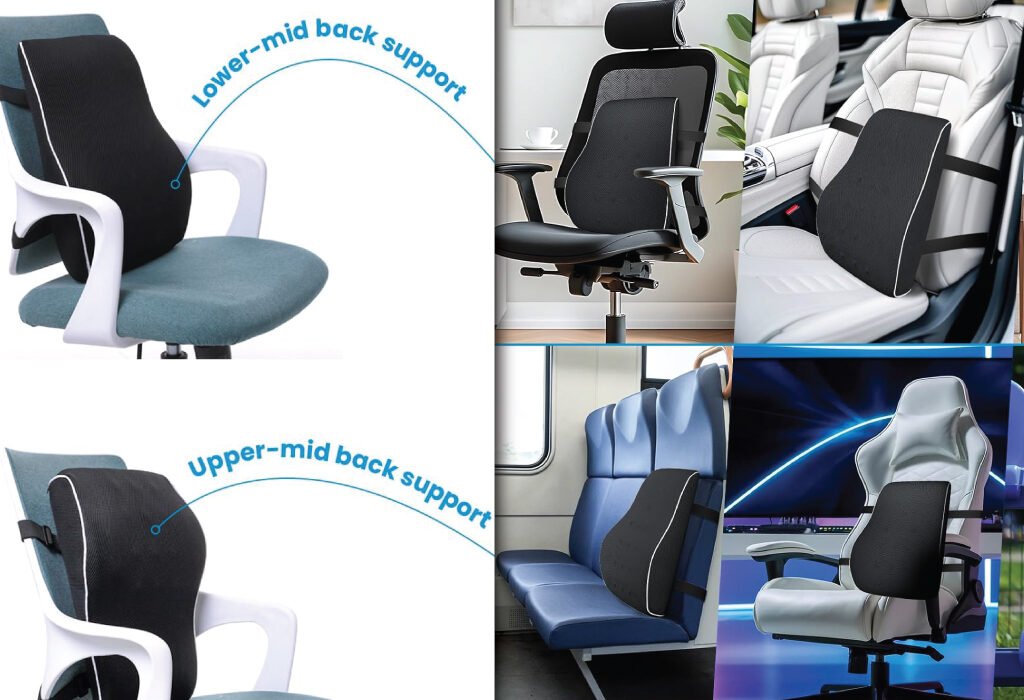
Adjustable Armrests
Arm positioning might not seem critical, but it plays a major role in preventing shoulder tension and wrist strain. Ergonomic chairs with adjustable armrests allow designers to rest their arms comfortably while typing or using a mouse or tablet.
The ideal armrest position aligns your elbows at a 90-degree angle, close to your body. This reduces the load on your shoulders and neck, which is especially important during long hours of intricate design work. Look for chairs with height, width, and pivot adjustments to ensure maximum flexibility.
In cases where the chair doesn’t support armrest adjustments, consider attachable or external armrests that offer similar benefits.
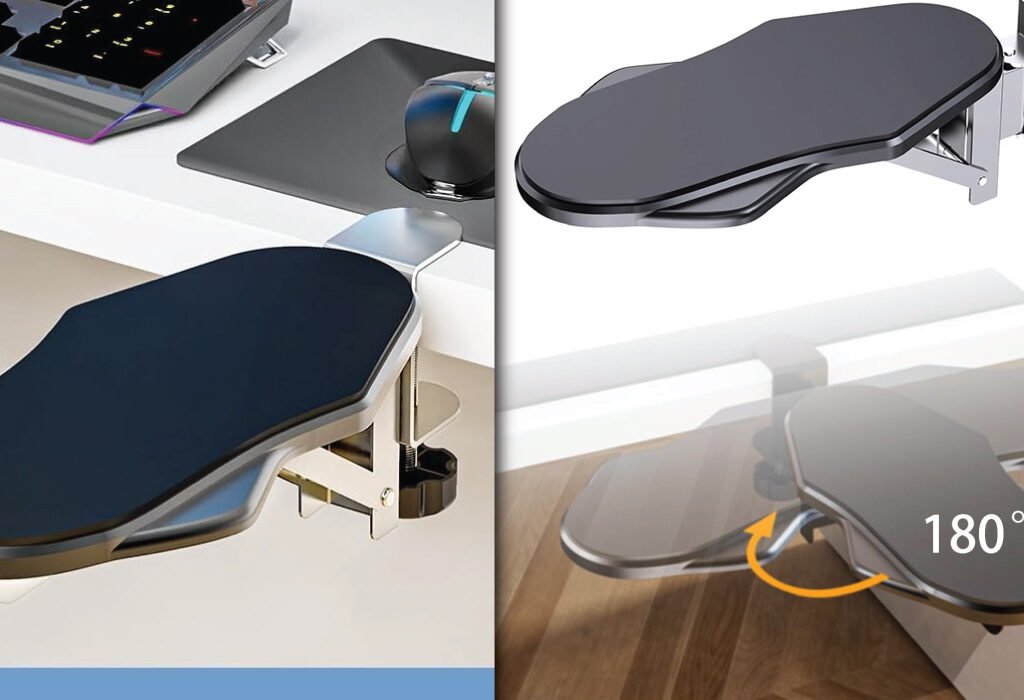
Wrist Rests and Desk Mat
Designing involves frequent keyboard shortcuts, typing, and mouse movements. Over time, this repetitive strain can lead to carpal tunnel syndrome or tendon inflammation. Wrist rests and cushioned keyboard pads alleviate this pressure, ensuring neutral wrist alignment.
These accessories are especially beneficial when using mechanical keyboards or extended design tablets. They reduce contact stress and keep your wrists elevated at a comfortable height. Silicone or memory foam options provide softness while maintaining stability.
Combined with a well-positioned desk and chair, wrist supports are one of the easiest ways to prevent long-term injury in a fast-paced agency setup.
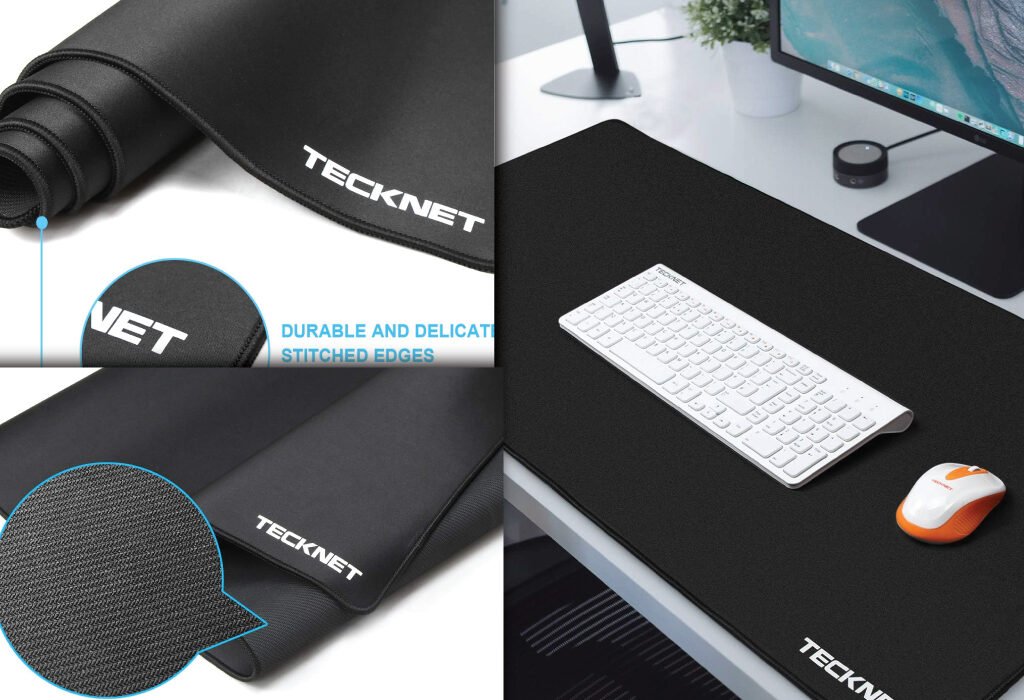
Monitor Stand or Arm
Single Monitor Arm for Graphic Design Agency Setup Accessories
A single monitor arm or stand is one of the most essential ergonomic upgrades for graphic designers working with a solo screen setup. Often, default monitor heights force users to look downward, creating neck and shoulder strain over time. A monitor arm elevates the screen to eye level, maintaining a neutral neck posture and allowing for better focus and comfort during long design sessions.
Adjustable arms with tilt, swivel, and rotation capabilities give you complete control over screen placement. You can angle your display precisely for color-sensitive work, reduce glare, and free up valuable desk space below. Gas-spring models allow smooth height changes with just a touch, perfect for designers who shift between seated and standing positions.
This compact solution is especially helpful in small workstations, letting you optimize space while minimizing physical stress. Whether sketching in Illustrator or finalizing web layouts, proper screen positioning enhances both accuracy and energy levels.
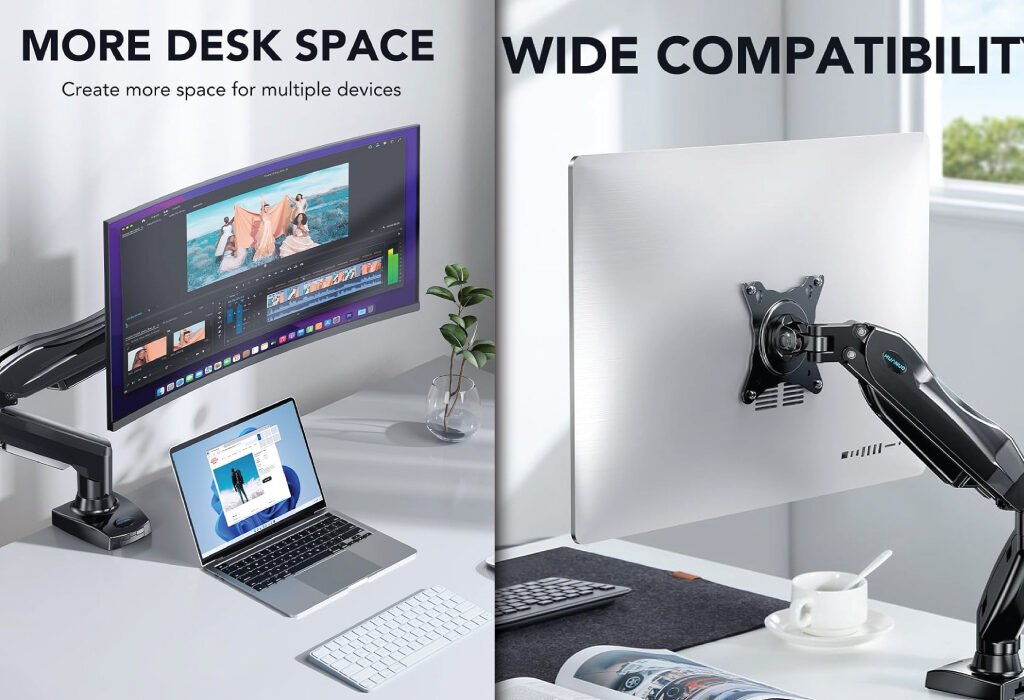
Dual Monitor Arm for Graphic Design Agency Setup Accessories
For designers using a dual-monitor setup, a dual-arm mount becomes a game-changing addition to their ergonomic workspace. Balancing two screens at eye level reduces eye strain caused by constantly switching between different heights and viewing angles. It also allows for seamless multitasking—like keeping a reference image open on one screen while designing on the other.
Dual arms offer horizontal extension, tilt, rotation, and height adjustment, so you can fine-tune each monitor’s position for symmetry and efficiency. Designers working with video editing timelines, 3D modeling tools, or large artboards will particularly benefit from the extended screen real estate.
Additionally, mounting two monitors clears the desktop, creating more surface area for sketchbooks, drawing tablets, or mood boards. Many dual-arm systems support cable management, reducing clutter and improving the overall aesthetic. With better alignment, increased flexibility, and a cleaner setup, dual arms significantly boost comfort and workflow for any serious graphic design agency.
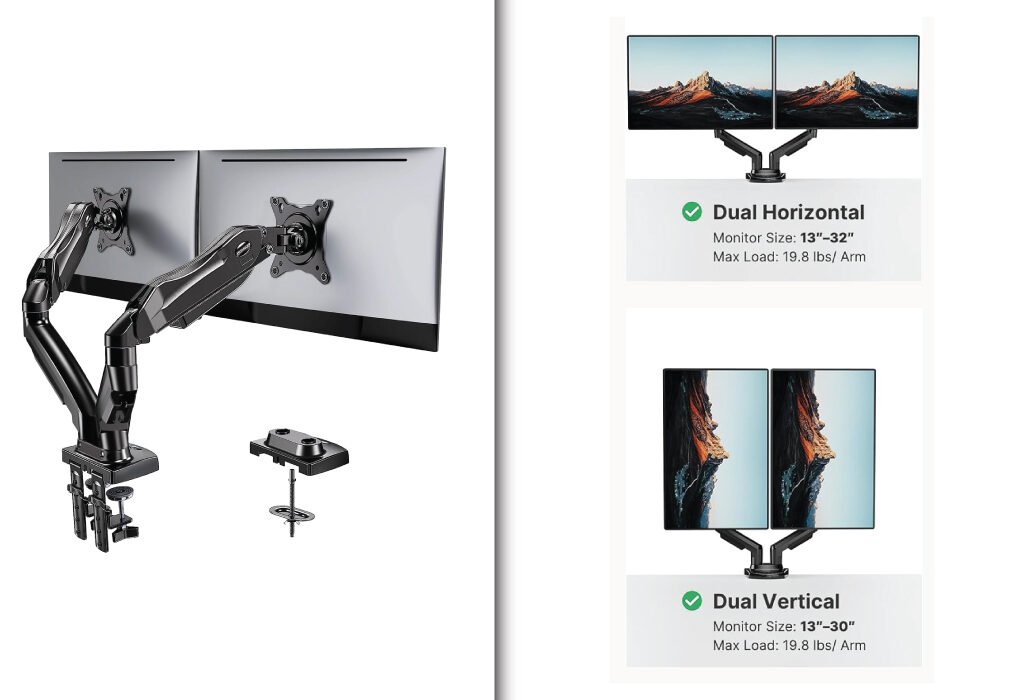
Desk Accessories for Graphic Design Agency Setup That Streamline Organization
An organized desk isn’t just visually pleasing—it’s essential for a productive and focused creative workflow. In a graphic design agency setting, where deadlines are tight and multitasking is constant, clutter can disrupt the creative process and even cause unnecessary delays. That’s why investing in desk accessories that streamline organization is more than just a stylistic choice; it’s a functional necessity. Let’s explore three high-impact tools—desk organizers, cable management systems, and finisher wire clamps—that can help transform your design workspace into a hub of clarity, efficiency, and professional polish.
Desk Organizer for Graphic Design Agency Setup Accessories
At first glance, a desk organizer might seem like a minor accessory, but for graphic designers dealing with both digital and analog tools, it plays a central role. A well-designed organizer provides designated compartments for everyday essentials: pens, markers, styluses, notepads, SD cards, USB drives, paper clips, and even business cards. These items may seem trivial individually, but when they’re scattered across a desk, they add to visual noise and slow down your workflow.
For creative agencies, modular desk organizers are the ideal solution. They can be rearranged to suit your working style and expand or contract as your needs evolve. Some models come with stackable trays, magnetic modules, or sliding drawers that allow for complete customization. Designers can separate their digital tools—like tablet pens and flash drives—from more traditional materials like sticky notes, rulers, or drafting pencils.
What’s more, many organizers come with charging slots or phone holders, offering easy access while reducing desktop clutter. Wood, metal, and acrylic designs also blend seamlessly with different aesthetic themes—from industrial to minimal—ensuring your setup remains both functional and visually cohesive.
A good desk organizer doesn’t just hold tools; it reinforces the discipline of putting things back in their place after each use. This simple habit dramatically reduces the time spent searching for tools and makes transitions between tasks far more seamless. In a fast-paced agency environment, this seemingly minor efficiency can accumulate into meaningful time savings.
Cable Management System
Few things destroy the flow of a creative session faster than a tangled mess of cables. Whether you’re adjusting your monitor, moving your tablet, or trying to plug in a USB drive, unmanaged cables can snag, twist, or simply get in the way. That’s where a proper cable management system becomes crucial. A clean desk not only looks professional—it supports mental clarity and reduces friction between you and your creative tools.
A complete cable management setup typically involves a combination of under-desk trays, cable sleeves, zip ties, adhesive clips, and Velcro straps. These tools work together to route your monitor cords, tablet connections, charging cables, and Ethernet wires along clean, predefined paths. This setup ensures nothing dangles from your desk, crosses your working space, or becomes a trip hazard.
Designers using height-adjustable desks will find cable management even more essential. As the desk moves, loosely hanging wires can be pulled, damaged, or disconnected. Using flexible cable conduits and extension-friendly sleeves allows for fluid motion without interruption. With the increasing number of devices plugged into a designer’s station—multiple monitors, styluses, external drives, and chargers—cable organization moves from optional to essential.
From a psychological standpoint, there’s a proven connection between environment and cognitive load. A visually chaotic desk can create a sense of overwhelm or mental fatigue. Streamlined cable routing, on the other hand, restores a sense of control and clarity—two critical elements in fostering creative focus.
Many premium cable management products now incorporate eco-conscious materials and sleek finishes that integrate beautifully into professional studio aesthetics. Whether hidden underneath or subtly mounted behind your workstation, a reliable cable management system supports both function and form.
Finisher Wire Clamp
When it comes to agency-grade setups, where peripherals like graphic tablets, scanners, desk lamps, and multiple screens demand constant power and data connectivity, the finisher wire clamp becomes an unsung hero. While small and inexpensive, this device offers a major improvement in day-to-day workflow by providing pinpoint control over wire placement and cable routing.
A finisher wire clamp is typically made of plastic or metal, with adhesive or screw-in bases. It’s designed to secure cables along a fixed path—be it the edge of your desk, under the tabletop, or even up a wall. Unlike broader cable trays or sleeves that manage groups of wires, wire clamps are perfect for tidying up individual lines—such as your drawing tablet cable or USB hub connector—that tend to stray and dangle.
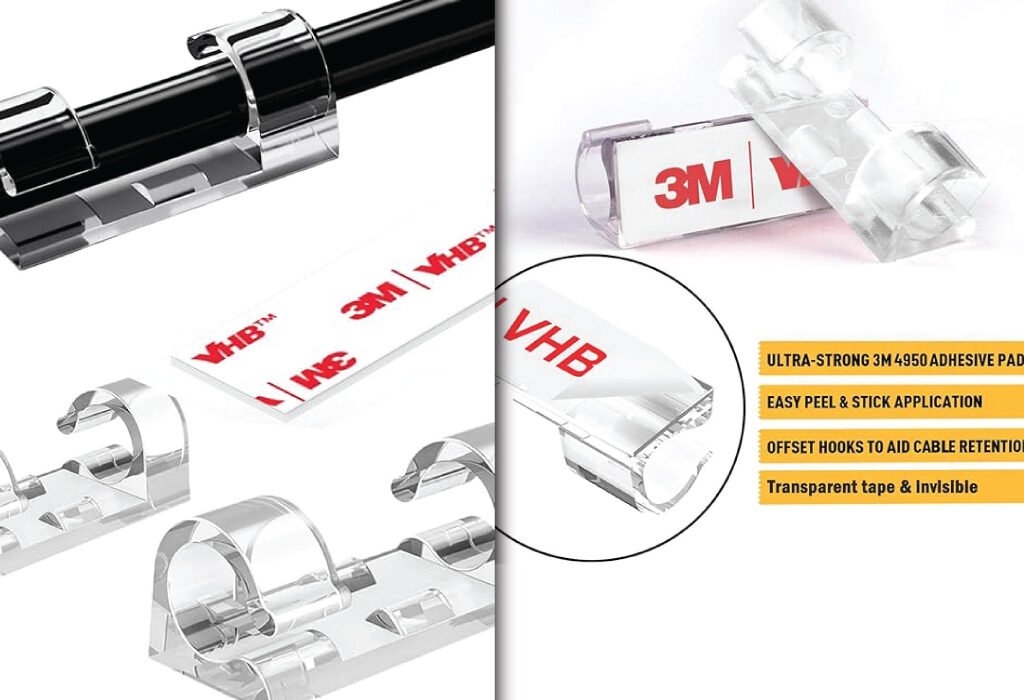
The beauty of using a wire clamp lies in its precision. You can fix your monitor’s power cable directly along the rear edge of the desk or run your stylus charger neatly along a leg. This not only reduces unsightly tangles but also prevents cables from being accidentally pulled or stressed—extending the lifespan of both cords and ports.
For height-adjustable desks, clamps ensure the cables stay fixed in key zones, even during raising and lowering. This protects delicate connectors and minimizes interruptions. Some designers even use wire clamps creatively—guiding ambient lighting cables along walls or securing decorative LED strips behind monitors to boost the visual appeal of their space.
Agency setups where multiple designers share a space or shift between stations benefit greatly from a wire clamp system. By anchoring shared device cables in fixed locations, each designer can connect or disconnect tools without rerouting cords or dealing with desk clutter. This improves not just individual organization but team workflow overall.
Moreover, wire clamps are often reusable and repositionable, offering flexibility as your setup evolves. For example, when upgrading from a single monitor to dual displays, you can easily adjust clamp positions and expand cable paths without starting over from scratch.
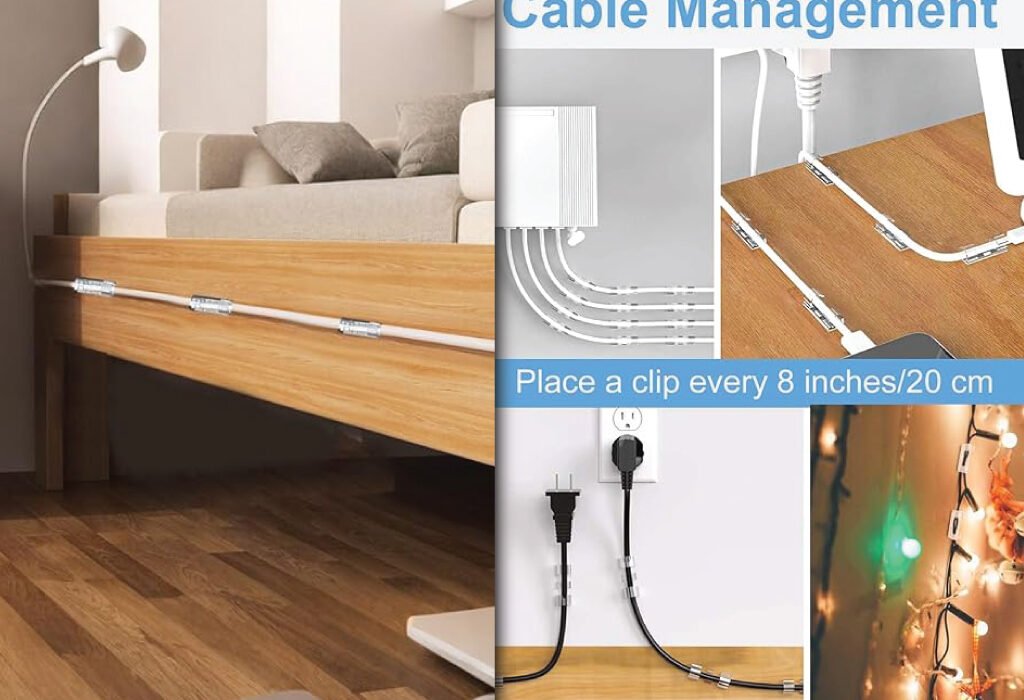
Why These Accessories Matter More in Creative Agencies
In a graphic design agency environment, time is money, and chaos is the enemy of creativity. Whether it’s misplacing a flash drive or tripping over a loose cable, every minor disruption can accumulate and chip away at focus and productivity. Desk organizers, cable management systems, and wire clamps might seem like background players in the grand design of a workstation, but they’re foundational to a successful setup.
Imagine working on a tight branding deadline only to lose a critical pen tool in a pile of random gear. Or spending five extra minutes untangling a monitor cable every morning. These interruptions, though small, accumulate over weeks and months—eroding efficiency and adding unnecessary stress to what should be a creative, inspired process.
By using these organization-focused accessories intentionally, you set a standard of cleanliness, structure, and purpose across the agency. New hires, clients, and collaborators will recognize the professionalism of the space instantly. More importantly, your team will enjoy a more fluid, distraction-free workflow that allows their talent to shine.
Lighting Solutions for Focus and Creativity
Lighting isn’t just about visibility—it’s one of the most influential elements in a graphic designer’s workspace. The right lighting setup can reduce eye strain, elevate mood, inspire creativity, and even influence how colors appear on screen or paper. In a fast-paced design agency, where long hours and close attention to visual detail are standard, good lighting is a critical investment—not a luxury.
Two key lighting solutions that make a significant impact are adjustable LED desk lamps and RGB ambient lighting. Together, they balance task efficiency with atmosphere, functionality with aesthetic personalization.
Adjustable LED Desk Lamp for Graphic Design Agency Setup Accessories
An adjustable LED desk lamp is the cornerstone of productive, healthy lighting. Graphic designers often find themselves working late nights, early mornings, or through long editing sessions, and relying solely on ceiling lights or screen brightness isn’t enough. That’s where a dedicated task light comes into play.
Modern LED desk lamps offer a variety of features that go far beyond just turning on and off. One of the most important is adjustable color temperature. This feature allows users to shift between warm yellow light (ideal for evening relaxation) and cool blue-white light (perfect for sharp focus during daytime work). This flexibility lets you match the lighting to your body’s circadian rhythm, helping reduce fatigue and increase alertness at the right times.
Flicker-free illumination is another crucial advantage. Traditional fluorescent lamps or low-grade LEDs may flicker at frequencies that aren’t always visible to the naked eye but can cause eye strain and headaches after prolonged exposure. High-quality LED desk lamps provide stable, flicker-free lighting, which is essential when staring at a monitor or sketchpad for hours on end.
Adjustability and articulation are also vital. Look for models with rotatable heads, swing arms, and adjustable height. These allow you to direct light exactly where you need it—whether you’re tracing a design, reviewing printed materials, or shading in a sketch. A fixed lamp can cast shadows or glare at inconvenient angles, disrupting your workflow and diminishing focus.
Many top-tier desk lamps also include brightness controls or automatic dimming sensors. These intelligent systems detect ambient light in the room and adjust accordingly, keeping your workspace consistently lit without harsh contrasts. Some even remember your preferred settings for different times of the day.
For agency settings where aesthetics matter, LED desk lamps now come in sleek, modern designs—crafted from aluminum, matte black finishes, or wood-accented materials to blend with Scandinavian, industrial, or contemporary interiors. Investing in a model that combines form and function ensures that your workspace looks as professional as it performs.
USB charging ports, wireless charging pads, or touch controls are additional features to consider. They minimize desktop clutter by combining multiple functions into a single device.
Whether you’re working on logo concepts, editing product photos, or simply reviewing emails, a well-placed adjustable LED desk lamp helps maintain optimal concentration and visual accuracy.
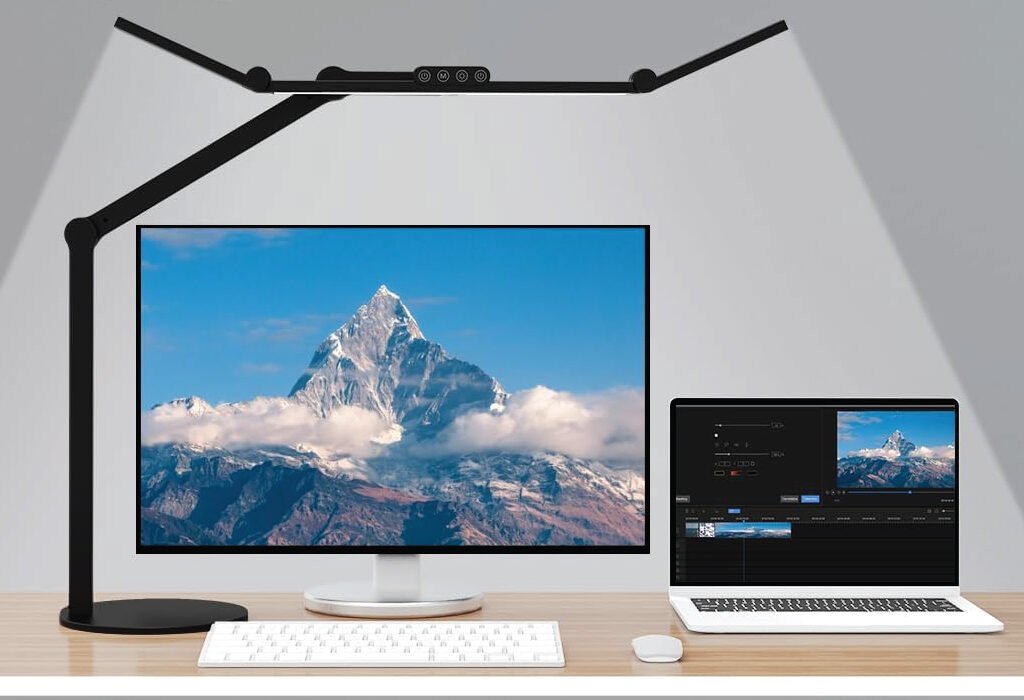
RGB Ambient Lighting
While task lighting handles function, RGB ambient lighting plays an equally important role in setting the mood and enhancing creativity. Designers thrive in environments that are both stimulating and calming—and nothing sets the tone better than colored light.
RGB lighting, typically installed via LED strips, smart bulbs, or monitor backlights, allows you to control color, brightness, and rhythm. You can set a calming blue wash across the wall, bathe your desk in soft purple during brainstorming sessions, or use dynamic color cycling for creative sprints.
One of the primary benefits of ambient lighting is visual balance. When working in a dark room with only a bright monitor, the contrast between the screen and surroundings can strain your eyes. RGB lighting behind the monitor or under the desk reduces this contrast, softening the environment and promoting longer, more comfortable work sessions.
Psychological impact is another reason designers embrace ambient light. Cool blues and purples can inspire calm and introspection—perfect for conceptual phases of a design project. Warmer hues like orange and amber bring energy, ideal for execution or team collaboration sessions. By setting a different color tone for each task or time of day, you create emotional cues that support productivity.
In shared agency spaces, RGB lighting can also be used to differentiate workstations or zones. A soft green backlight could designate a “quiet” area, while shifting pink tones might signal an open collaboration area. This subtle visual zoning helps teams navigate the studio more intuitively without the need for signs or interruptions.
The creative potential of RGB lighting expands even further when integrated with smart home or automation systems. Many RGB lights are compatible with voice assistants or app control, allowing designers to switch lighting modes without breaking flow. For example, you can say “Design Mode” and instantly shift the ambient color to a crisp white-blue combination while brightening your task lamp.
Some high-end ambient lighting setups can sync with audio or visuals. During presentations or creative sessions, the lights might pulse with music or shift hues according to what’s displayed on screen. This creates a fully immersive experience that not only impresses clients but also energizes the internal team.
Installation is typically easy and cost-effective. RGB light strips adhere to the back of monitors, under shelves, or along desk edges. Smart bulbs fit into existing sockets, and light bars can be placed behind monitors or bookshelves. Most of these systems are plug-and-play, meaning you can transform your creative environment without professional installation.
Combining Task and Ambient Lighting for Maximum Effect for Graphic Design Agency Setup Accessories
While both LED desk lamps and RGB ambient lighting offer value individually, their combined use transforms a standard workspace into a high-functioning creative hub. The desk lamp provides sharp, localized illumination for detailed tasks, while ambient lighting sets the emotional tone and supports long-term comfort.
The key is layering your lighting. Start with a good desk lamp to handle day-to-day productivity. Then, add RGB strips or bulbs to complement your workflow, define your zone, or provide stress relief. Together, they support your health, creativity, and professionalism.
For example:
- During client meetings: Use neutral white task lighting and subtle blue ambient light to maintain focus and a polished look.
- During design sprints: Switch to warm task lighting and energetic RGB hues like orange or magenta to stimulate thinking.
- For late-night editing: Dial down the main lamp to a soft glow and use ambient blues to maintain calm and clarity.
In a collaborative agency, consider standardizing ambient setups across workstations or giving individual designers control over their own lighting profiles. This level of customization helps foster ownership of space while maintaining studio coherence.
Personalization and Creative Motivation
Inspiration Wall or Whiteboard
Above-desk inspiration walls or whiteboards are excellent for visual thinkers. Whether it’s a magnetic pegboard, mini corkboard, or frameless whiteboard, this space gives you room to pin sketches, list priorities, or post design goals.
It’s also an ever-evolving canvas—a visual mood board that can change as your projects or inspirations shift. Keeping daily tasks and creative prompts in your line of sight fuels momentum and helps prevent creative blocks.
Together, a custom desk mat and an inspiration wall create a personalized setup that encourages productivity and self-expression—crucial for anyone in a design-focused agency.

Audio and Communication Tools
In a modern creative agency, communication is constant and multi-dimensional. Whether you’re collaborating with a remote team, jumping into client presentations, or working on multimedia projects, the tools you use to hear—and be heard—can significantly affect your productivity and professionalism. These audio accessories are often overlooked, but they’re vital components of an upgraded creative workstation. Let’s explore the key essentials: studio monitor speakers, noise-canceling headphones, and external microphones.
Studio Monitor Speakers
While often associated with music production or video editing, studio monitor speakers are increasingly becoming part of the graphic designer’s toolkit. Why? Because clarity in audio plays a role in creative decision-making—especially in collaborative environments where feedback is shared over multimedia presentations, design videos, or digital ads that include sound.
Studio monitors offer neutral sound reproduction, meaning they don’t artificially enhance bass or treble. This ensures that audio is heard the way it was intended. When reviewing motion graphics, animations, or UX sound cues, precise audio lets you evaluate projects with a more professional ear.
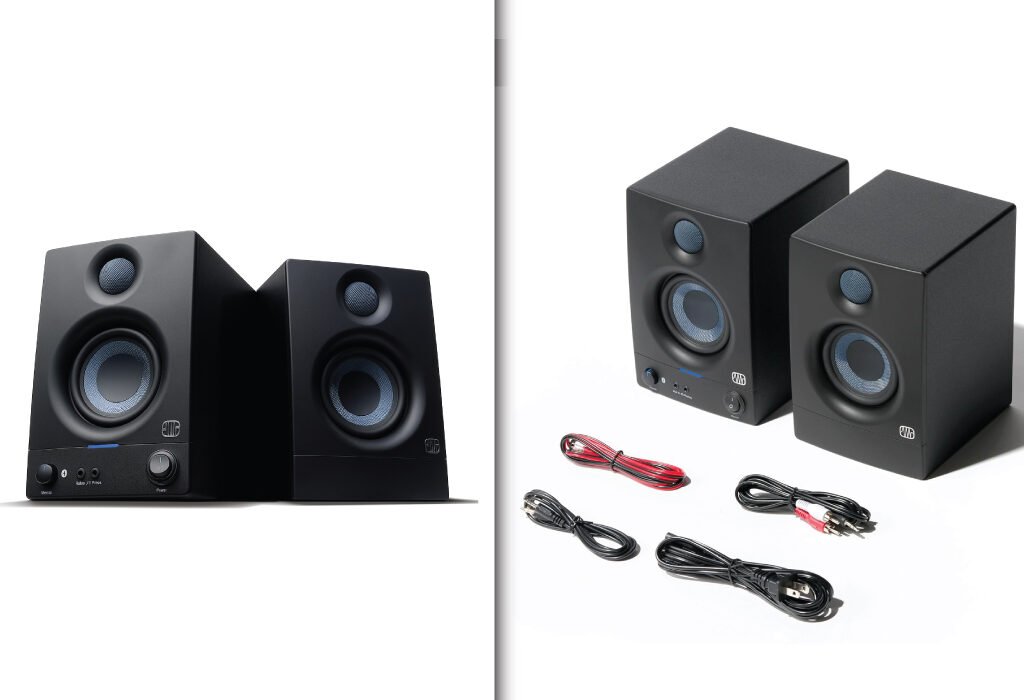
Additionally, for agencies working with cross-disciplinary teams—like marketing, video production, and design—having quality speakers makes brainstorming sessions more immersive and productive. The ability to hear every detail without distortion leads to better team communication and output.
Noise-Canceling Headphones
Every creative knows the value of deep focus. Unfortunately, that’s hard to achieve in noisy workspaces, whether you’re at home or in a shared agency office. Noise-canceling headphones are the antidote to interruption. They use active noise control to block out ambient sounds like conversations, typing, traffic, or even humming appliances.
This means designers can stay fully immersed in their creative flow—sketching, editing, or designing—without being pulled out of concentration. Many modern models also include built-in microphones, intuitive touch controls, and Bluetooth connectivity, making them equally effective for virtual meetings or listening to music during work sessions.
In collaborative environments, these headphones also signal to others that you’re “in the zone,” reducing unnecessary interruptions.
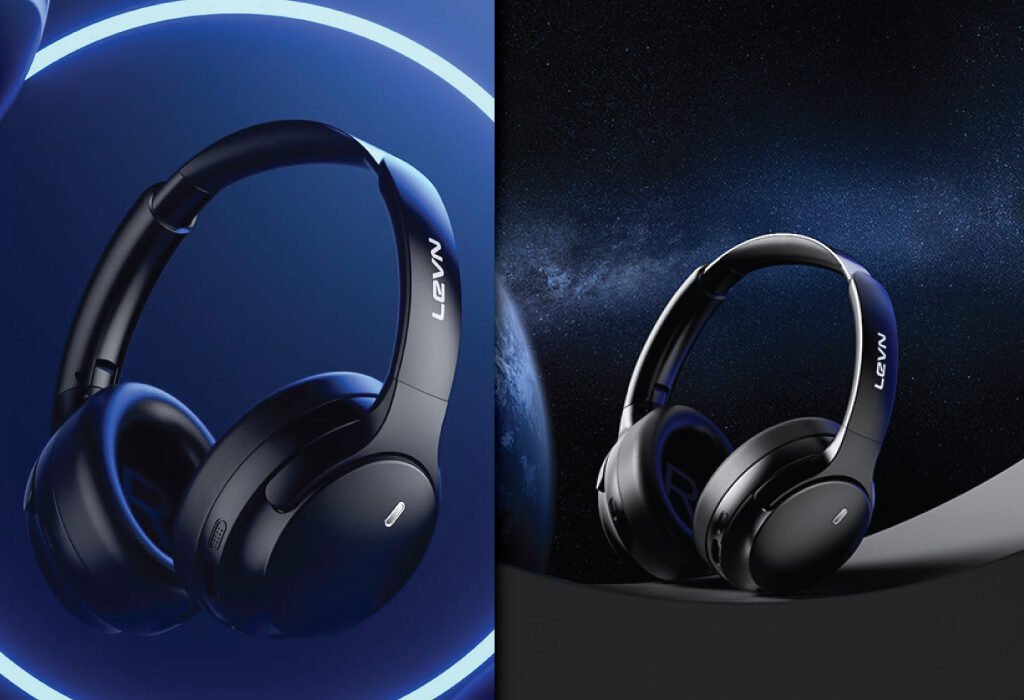
External Microphone
As remote meetings, video calls, and virtual collaborations become the norm, the quality of your microphone matters more than ever. Built-in laptop mics often produce tinny, low-quality sound, which can make even the most thoughtful feedback sound unprofessional.
An external USB condenser microphone solves that problem instantly. With higher sensitivity, broader frequency response, and low self-noise, it captures your voice clearly and naturally. Whether you’re presenting a design concept to a client or recording a quick voiceover for a mockup, a good mic adds authority and polish.
Mount it on an adjustable boom arm for better placement and use a pop filter to eliminate harsh plosive sounds. This small upgrade enhances not only your meetings but also any media content you create—be it tutorials, reels, or podcasts.
Maintenance and Long-Term Care for Graphic Design Agency Setup Accessories
Designers often invest in premium accessories, monitors, and desks—but without proper upkeep, even the best setups degrade over time. Regular maintenance ensures your creative workstation remains functional, beautiful, and professional in appearance. Beyond just aesthetics, cleanliness and care contribute to better productivity, health, and the longevity of your tools. Two often overlooked but essential elements of workstation care include screen cleaning kits and beeswax for desk surfaces.
Screen Cleaning Kit
Monitors, tablets, and laptop screens are the heart of a graphic designer’s workflow. They display every pixel, gradient, and detail of your work. However, with constant use, these screens quickly accumulate dust, fingerprints, and smudges. Over time, this grime can impact color accuracy and strain your eyes.
Using a proper screen cleaning kit is the most efficient and safe way to keep your displays in optimal condition. These kits typically include a microfiber cloth and a non-abrasive, alcohol-free screen solution. Unlike paper towels or general-purpose cleaners, which can scratch or damage coatings, screen-specific products are designed to preserve your display’s integrity.
Make screen cleaning a part of your weekly routine. Gently wipe your monitor in a circular motion using the microfiber cloth slightly dampened with the solution. Pay attention to the corners and edges where dust tends to gather. A clean screen helps you see your work more clearly and accurately—essential when working with fine details or color-critical projects.
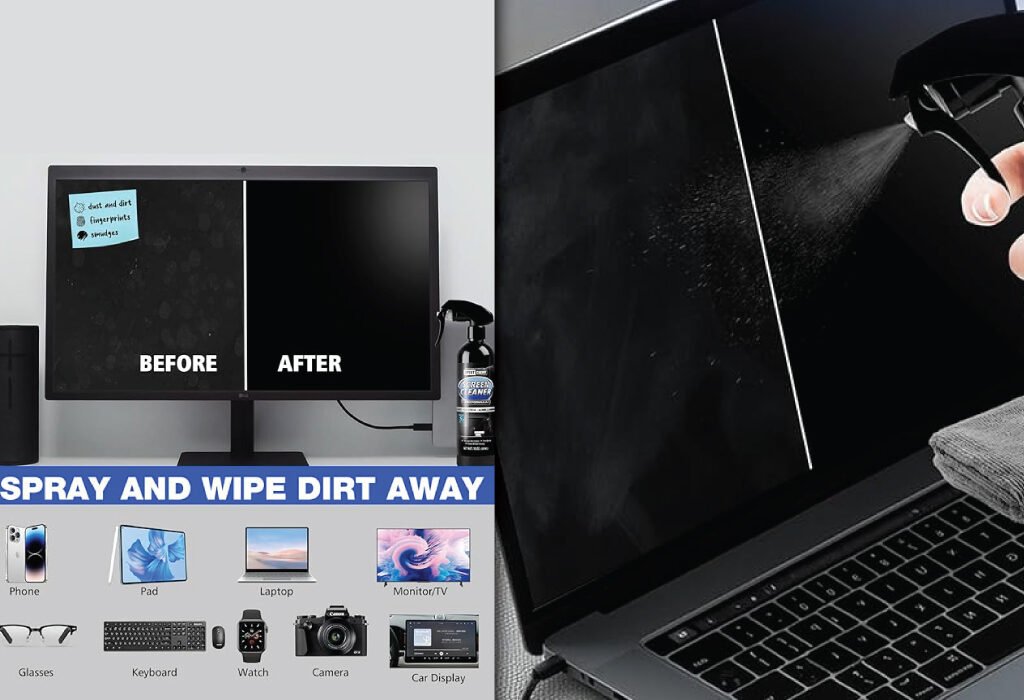
Also, consider using a keyboard cover and a compressed air duster to keep your peripherals and workspace equally clean, preventing debris from migrating to your screen.
Beeswax for Desk Surface
Your desk is more than just a surface—it’s a foundational element of your entire creative flow. Whether you’re working on a handcrafted wooden desk or a composite material with a wood finish, the daily wear of drawing tablets, coffee mugs, and mouse movement can take its toll. Over time, you may notice dull spots, scratches, or water stains.
This is where beeswax comes in. Beeswax is a natural, chemical-free solution that not only polishes your desk but also protects it from moisture, abrasions, and age-related wear. Unlike synthetic polishes that often leave residue or require frequent reapplication, beeswax deeply nourishes the wood, restoring its natural grain and creating a soft, satiny finish.
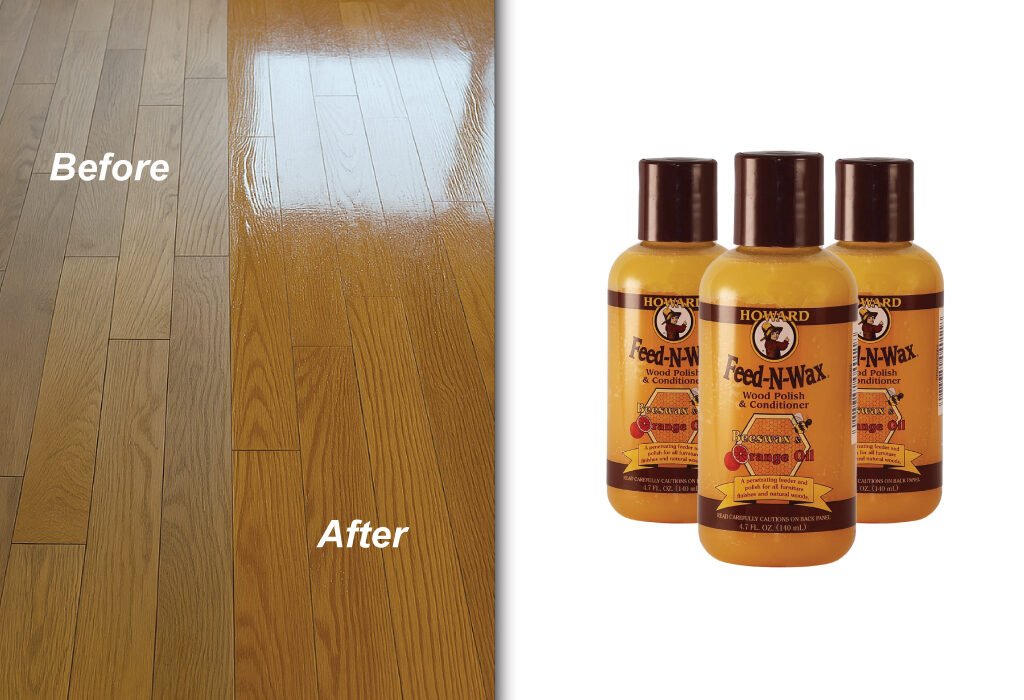
To apply, start by clearing your desk surface of all accessories and gently wiping it clean with a damp cloth. Once dry, use a clean, lint-free rag to apply a thin layer of beeswax in the direction of the wood grain. Let it sit for about 15–20 minutes, then buff it with another cloth to reveal a rich shine. You only need to do this once every few months to maintain a protected and beautiful workspace.
Regular care with beeswax not only preserves the visual appeal of your workstation but also improves its tactile feel—making your daily tasks more enjoyable and aligned with your agency’s aesthetic standards.
Proper maintenance doesn’t require much time but offers long-lasting results. Clean screens and polished surfaces create a workspace that inspires focus, creativity, and pride in your environment. In a design agency where impressions matter and every detail counts, taking care of your tools is just as important as how you use them.
Accessories for Enhanced Productivity
A well-equipped creative workstation is not just about comfort or aesthetics—it’s also about optimizing productivity. In a graphic design agency, where multitasking is constant and deadlines are tight, having the right accessories can significantly elevate how efficiently and effectively you work. From connectivity solutions to digital focus tools, here are three productivity-boosting accessories that can redefine your daily workflow: the USB-C hub, smart assistant devices, and focus timers or apps.
USB-C Hub
As laptops become slimmer and more minimalist, they often sacrifice port variety for sleekness. While this looks great, it can be a nightmare for a designer juggling external monitors, SD cards, USB devices, and graphics tablets. That’s where a USB-C hub becomes a critical component of any agency setup.
Modern USB-C hubs come with multiple input/output options including USB-A, HDMI, SD card slots, Ethernet, and even power delivery pass-through. With a single connection to your laptop or tablet, you can immediately plug into all the peripherals essential for your workflow. Want to run a dual-monitor setup? Done. Need to transfer photos from a DSLR? Easy. Using a drawing tablet while charging your phone and using a mouse? No problem.
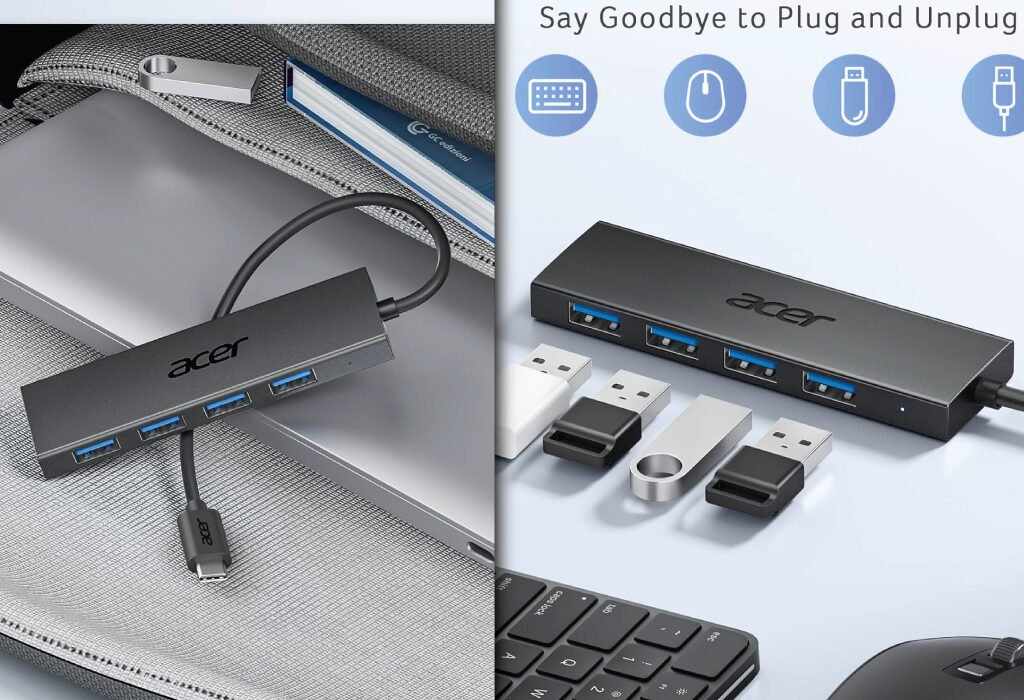
This accessory dramatically reduces desk clutter and plug-unplug fatigue while improving overall desk ergonomics. It’s ideal for agency designers who frequently switch between collaborative tasks, presentations, or different types of media work.
Smart Assistant Device
Voice-controlled smart assistants like Amazon Alexa, Google Assistant, or Apple’s Siri aren’t just for home automation—they’re surprisingly useful at the office too. Integrating one into your desk setup can free up mental energy and reduce the need to manually manage minor tasks throughout your day.
Set voice-controlled reminders, timers, and calendar appointments without touching a keyboard. You can even ask your smart assistant to play ambient music, adjust smart lighting, or give you quick updates on meetings, weather, or current events—all while keeping your hands on your keyboard or pen tablet.
In an agency setting where multitasking is nonstop, voice automation helps maintain your focus and mental bandwidth. Instead of breaking your creative momentum to set a timer or check your next call, just speak and keep moving.
Timer or Focus App
Creativity thrives under focus, not pressure. That’s why a Pomodoro timer or focus app is a game-changer for graphic designers. These tools help structure your day into short, focused sprints—typically 25 minutes of concentrated work followed by a 5-minute break.
This simple system encourages mental clarity, reduces fatigue, and keeps creative burnout at bay. Many apps go beyond timers, offering features like distraction blocking, project tracking, and detailed productivity reports.
Whether you’re using a physical desk timer or an app like Forest, Focus Keeper, or Toggl, adding this element to your agency desk setup creates a mindful work rhythm. It’s especially effective when working on high-focus tasks like designing brand identities, revising client feedback, or prepping for presentations.
Final Thoughts
Upgrading your graphic design workstation isn’t about collecting trendy gadgets—it’s about investing in tools that enhance your creative flow, protect your health, and improve your day-to-day performance. The workspace is more than just a place to work—it’s an extension of your identity as a designer.
Every accessory mentioned here—from ergonomic seating and lighting to wire clamps and beeswax—adds value to your agency setup. Whether you’re building from scratch or optimizing an existing layout, these items ensure that form meets function in your creative environment.
Remember, your workspace should work for you. When it’s thoughtfully equipped and well-organized, your ideas have more space to flourish.
Also, check the recent article about the best laptop for graphic design here.
The most essential accessories include an ergonomic chair, adjustable desk, monitor stand or arm, USB-C hub, LED desk lamp, noise-canceling headphones, cable management tools, and a high-quality external monitor. These enhance comfort, productivity, and creative performance.
An adjustable or sit-stand desk allows designers to alternate between sitting and standing, reducing strain on the back and improving circulation during long working hours. It helps boost energy and prevent physical fatigue in high-demand environments.
While not mandatory, dual monitors significantly improve workflow efficiency. Designers can work on one screen while referencing assets, managing layers, or reviewing client notes on the second. It enhances multitasking and streamlines complex projects.
A flicker-free LED desk lamp with adjustable brightness and color temperature is ideal. Additionally, RGB ambient lighting can create a personalized, inspiring atmosphere and reduce eye strain caused by screen glare.
Use cable trays, adhesive clips, zip ties, or finisher wire clamps to route and secure cables neatly. Cable management not only improves aesthetics but also reduces distractions and hazards around the workspace.
A custom desk mat protects the desk surface, provides better mouse movement, and adds a branded or creative touch to the setup. It’s both functional and visually appealing.
Yes, especially for designers involved in multimedia work. Studio monitor speakers offer precise, flat sound that helps when syncing visuals with audio, reviewing video projects, or simply maintaining high-quality virtual collaboration.
Beeswax protects wooden or composite desk surfaces by sealing pores, preventing scratches and water stains, and adding a natural, polished finish. It’s an eco-friendly way to maintain long-term durability and aesthetics.
Absolutely. Whether you’re part of an agency or working solo from home, these accessories help you create a professional, comfortable, and highly functional workspace tailored for creative tasks.


